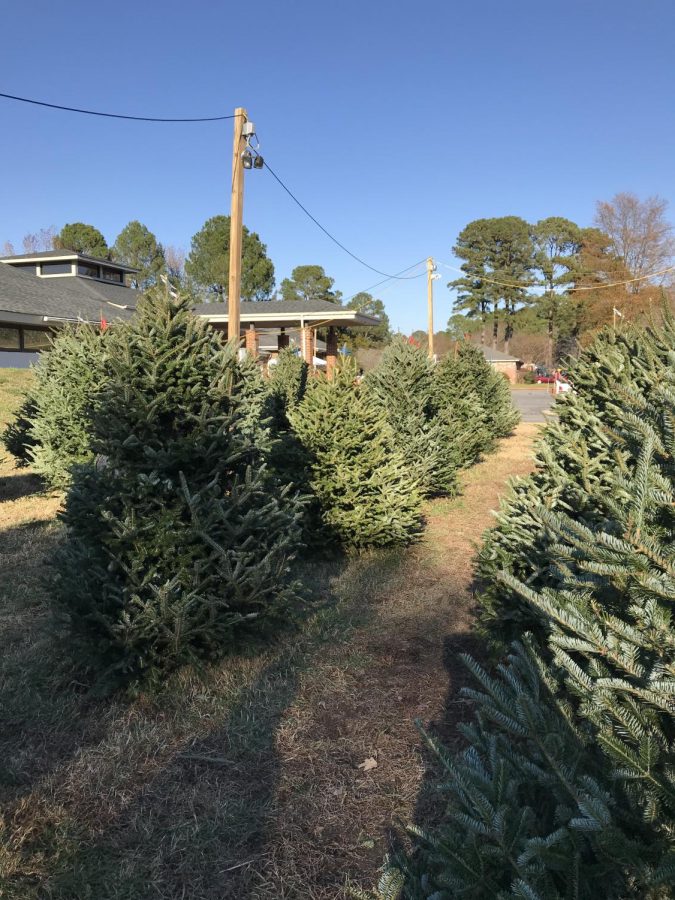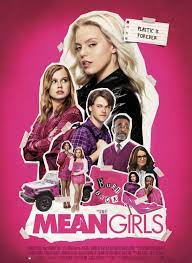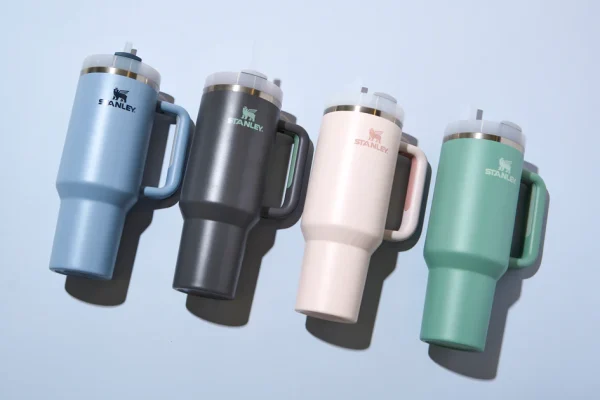The Environmentally-Friendly Christmas Tree: Artificial or Real?
December 12, 2017
More and more people are opting for the artificial Christmas trees instead of the traditional ones. They might be made of plastic but they’re just as important for some of the Christmas lovers out there.
The Christmas tree is a staple in many families Christmas celebrations. Recent statistics show that the number of people choosing to buy artificial trees have been increasing more and more over the last few years, with a bump from 13.9 million in 2014 to 18.6 in 2016.
Artificial trees are available at most retail stores near you, just like the real ones, with prices that vary from $15 to up to over $1500. About 10,000,000 of them are sold each year in the US.
Lana Zwiers, an exchange student at Kempsville High School is an owner of a artificial tree. She explains that her host family owns one because it’s better for the environment.
“Real trees have to be transported and chopped down,” Zwiers said.
She adds that you can keep artificial trees for a longer period of time and you don’t have to spend money on a new one each year.
Zwiers continues by saying that she usually has a real one in her home country, The Netherlands. But this year, living with a host family, she didn’t really have a choice.
“I don’t mind the fake tree, just having something that resembles a tree is enough for me,” Zwiers said.
“When a tree is cut down, another can be grown in its place,” says Steve Long who works at the Nature Conservancy. “When you’re done with the tree in your home, it can be turned into mulch, so the tree has a life that goes on.”
85% of the trees being sold in the US are imported from China, according to the U.S commerce department, and have to be shipped across the ocean.
According to the American Christmas Tree Association, it takes ten years for a artificial tree to be better that a real tree when talking about the amount of carbon being released into the atmosphere.
While in an article from the New York Times, the founder of Balsam Hill (Premium artificial tree producer) Thomas Hardman says that buying a tree and keeping it for only five years is the environmentally friendly thing to do.
According to him, the car travel from buying a real tree outweighs the energy consumption and pollution that comes along with buying a tree produced in China.
Regardless of the debate of what is better for the environment, the tree has a significant place in may peoples holiday-filled hearts.
“Christmas trees give me a lot of joy, especially when there’s a lot of pretty light in them. They make life a little bit brighter in the dark month of December” Zwiers said.
Laura Nyman, a junior at KHS has two real trees in her house. She says that she wouldn’t mind having an artificial tree, but the important part is having one.
“It’s pretty important to me, the Christmas tree is what makes it Christmas, regardless of what it’s made of.”


















